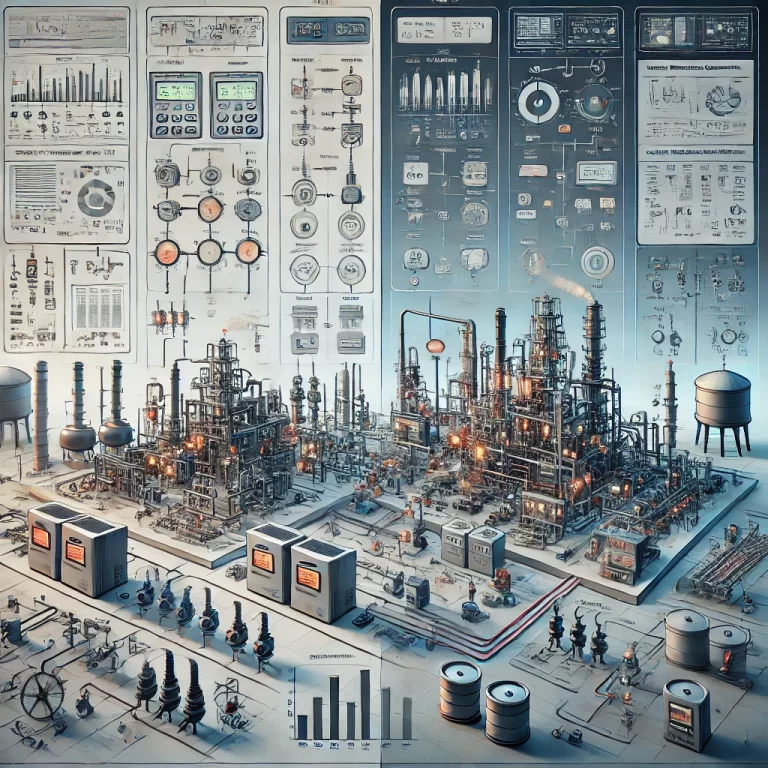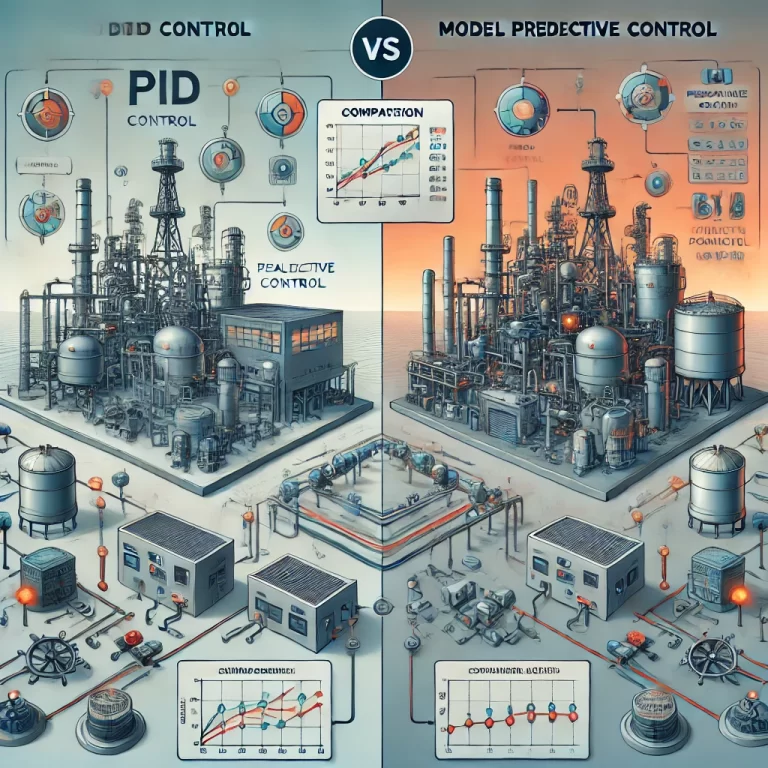Despite significant advancements in PID auto-tuning technology in both academic and commercial domains, its widespread adoption in real-world industrial process control—especially in process industries such as chemical, petrochemical, power, pharmaceuticals, and food—remains far below expectations. The underlying reasons are multifaceted and complex, spanning technical, operational, and cultural dimensions.

1. Process Complexity and Uncertainty
▸ Nonlinearity
Many industrial processes are inherently nonlinear. Valve characteristics, reaction kinetics, and heat transfer efficiency can vary dramatically with load or operating conditions. Most auto-tuning tools assume linear or near-linear models, which often fail under large condition changes.
▸ Large Dead Time
Processes involving temperature regulation or composition analysis typically exhibit substantial delays. Algorithms based on step-response methods struggle to accurately identify dynamics under such conditions.
▸ Strong Loop Coupling
Multiple control loops often interact (e.g., pressure/flow, temperature/level). Auto-tuning one loop can destabilize others, leading to the classic “whack-a-mole” problem. Coordinated tuning remains a major challenge.
▸ Time-Varying Dynamics
Process behavior changes over time due to raw material variation, catalyst aging, fouling, or ambient changes. An initially successful auto-tune may quickly become obsolete.
▸ External Disturbances
Real-world environments are filled with unpredictable disturbances such as load shifts, upstream/downstream fluctuations, and equipment startups. These distort the tuning test results, reducing reliability.

2. Safety and Stability Concerns
▸ Testing Risks
Most tuning methods (e.g., step changes, relay oscillation) require deliberate process perturbation. Such interventions during live operation pose risks: product quality degradation, alarm violations, equipment trips, or even safety incidents—especially in high-value or hazardous processes.
▸ Uncertainty of Outcomes
Engineers may distrust the “black box” nature of auto-tuning results. Poor tuning can lead to excessive oscillation or sluggish control, creating serious operational issues. Manual tuning, though time-consuming, often yields more predictable and safer outcomes.
▸ “If it ain’t broke, don’t fix it”
For non-critical loops that perform “well enough,” the risk of disturbing a stable system often outweighs the marginal gains from auto-tuning.
3. Practical and Cost Constraints
▸ Implementation Overhead
Deploying auto-tuning tools incurs direct and indirect costs—software licenses, hardware integration, configuration time, testing, and validation. It also demands skilled personnel for ongoing maintenance.
▸ Not All Loops Need It
Engineers must assess which loops truly benefit from auto-tuning, which are better tuned manually, and which may not even be suited for PID control at all.
▸ Maintenance Load
Auto-tuning is not “set and forget.” As process conditions evolve, re-tuning may be necessary. Maintaining valid testing conditions and monitoring results adds to the workload.
▸ ROI Considerations
For auxiliary loops with low impact or performance demands, the small gains (e.g., slightly improved quality or efficiency) may not justify the investment. Focus naturally shifts to bottleneck or critical loops.

4. Technical Limitations of Auto-Tuning Algorithms
▸ Model Accuracy Dependency
Auto-tuning relies heavily on accurate process modeling. In noisy, nonlinear, or uncertain environments, obtaining a sufficiently robust model is difficult.
▸ Single-Objective Optimization
Most tools optimize for a single criterion (e.g., ISE, IAE, ITAE), while actual engineering demands are multidimensional: fast response, minimal overshoot, disturbance rejection, smooth output—often with subjective tradeoffs.
▸ Sensitivity to Initial Conditions
Some algorithms depend on proper excitation signals and initial working conditions. Inappropriate setup can degrade tuning quality.
▸ Inadequate Support for Advanced PID Structures
Real-world PID implementations may include feedforward, dead zone compensation, gain scheduling, cascade, or split-range control. General-purpose auto-tuning tools often cannot handle such complexities effectively.
5. Human and Organizational Factors
▸ Experience-Based Preferences
Senior control engineers often rely on accumulated process knowledge and manual tuning experience. Trust in new tools takes time and requires demonstrated success.
▸ Skill Requirements
Using auto-tuning effectively requires a clear understanding of the underlying principles, limitations, and application boundaries. Misuse or misinterpretation can be counterproductive.
▸ Responsibility Attribution
If an auto-tuning result leads to failure, responsibility becomes murky—is it the tool, the configuration, or the process? Manual tuning typically offers clearer accountability.

Conclusion: A Reality Check
The core dilemma restricting PID auto-tuning in process control lies in:
Technical Need vs. Process Complexity
Auto-tuning works best in controlled, predictable environments—conditions rarely met in real-world operations.Optimization Potential vs. Implementation Risk
While theoretical improvements are possible, the tuning process itself introduces risks that often outweigh the benefits.Automation Vision vs. Engineering Culture
The aspiration for intelligent automation contrasts with an engineering culture built on caution, predictability, and manual control.

Future Outlook
Despite current limitations, PID auto-tuning continues to evolve and finds niche applications in:
Plant startup of new units
Loops with stable but critical dynamics
Batch processes with recipe transitions
Integration with advanced process control (APC) frameworks
Next-generation solutions will need to be:
Smarter and more robust
Non-intrusive (e.g., closed-loop identification)
Adaptive over time
Easier to integrate and maintain
Supported by success stories and real-world validation
Ultimately, auto-tuning should be seen not as a replacement for engineering judgment, but as a complementary tool in the modern control engineer’s toolbox.
